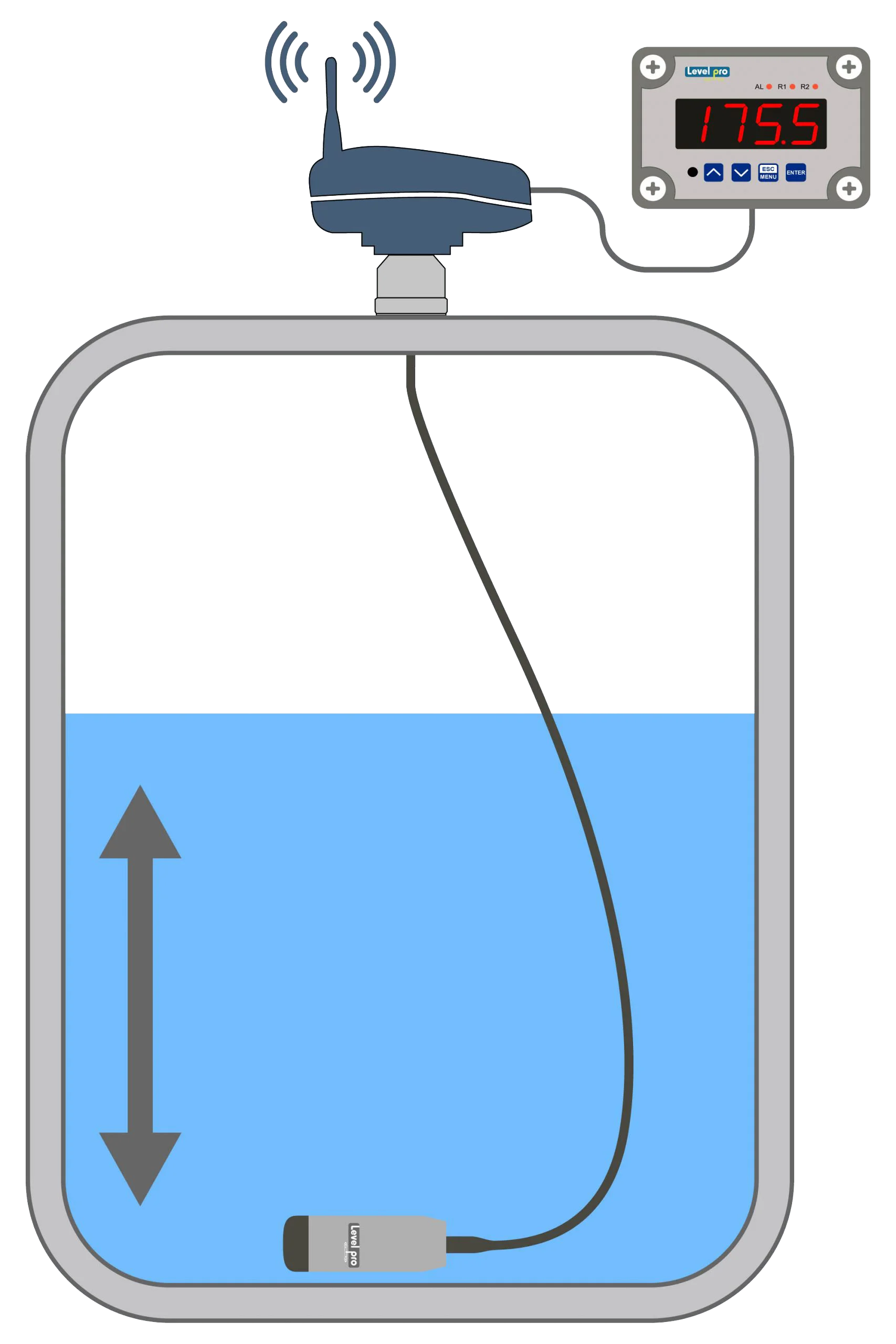Why You Need To Know About Submersible Level Sensors For Tank Level Measurement

Submersible level sensors of the 100 series are a type of sensor used to measure the liquid level within a tank. Due to their strong resistance to corrosion and chemicals, they are specifically intended for use in chemical tanks, making them a suitable alternative for severe situations. The sensors are simple to install, require no programming and have no moving parts, which makes them easy to use and maintain.
The sensors come in two primary types: piezoresistive and capacitance. Piezoresistive sensors use a piezoresistive element that changes resistance in response to variations in pressure. In contrast, capacitance sensors utilize a diaphragm that alters capacitance in response to pressure variations. Both types of sensors can provide consistent and precise readings of liquid levels in tanks.
The sensors have a plastic body for use in corrosive environments and a Teflon-coated cord for chemical resistance. For precise reading, they must be connected to the LP100 junction box. In comparison, ultrasonic sensors are not as trustworthy for monitoring liquid levels in tanks as they can be impacted by foam, mist, condensation, and turbulence, which can lead to incorrect readings. Consequently, submersible level sensors of the 100 series are frequently selected over ultrasonic sensors for sensing liquid levels in tanks.
100 series submersible level sensors come in two basic types: piezoresistive and capacitance. The selection between the two types of sensors depends on the application and system requirements.
Piezoresistive sensors are often employed in applications requiring great precision and stability. Additionally, they are suitable for usage in situations with significant levels of vibration or pressure fluctuations.
In contrast, capacitance sensors are often employed in applications requiring a broad measuring range. They are also well-suited for usage in locations where there is a high amount of temperature fluctuation or when the sensor will be exposed to a high level of electromagnetic interference.
If great accuracy and stability are required, piezoresistive sensors may be the best option, although capacitance sensors may be superior if a vast measurement range and resistance to temperature fluctuations and electromagnetic interference are required.
Learn more about Sentinel Remote Tank Level Monitoring
Please contact us to discuss your application


